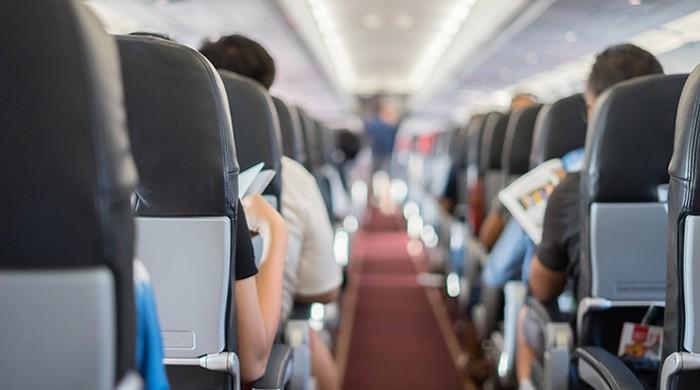
Doctors issued guidelines on how to treat in-flight medical emergencies after study finds rise in passengers falling ill at 36,000 feet
The University of Toronto has issued a guide for medical professionals on how to manage in-flight medical emergencies and treat patients at over 30,000 feet in the air.
Published by the Canadian Medical Association Journal (CMAJ) the study outlines the steps to follow after the captain puts out a call asking for doctors on board to help with a medical emergency. The guide aims to help doctors treat patients they know nothing about and use equipment that they are mostly unfamiliar with.
With rising number of flights and subsequent passengers embarking on air travel the number of emergencies experience in-flight have also gone up.
The guide, in the form of a video shows doctors and cabin crew how they can monitor the patients vitals in a cabin environment. The guide takes into account how altitude can impact a patients oxygen saturation levels and how cabin noise can hinder the usefulness of a stethoscope in-flight.
Since most medical professionals are unaware of laws and liabilities they may be exposing themselves to when they step up to help during an in-flight emergency, the video also explains that those helping during an emergency on a commercial flight are protected from liability.
Loss of consciousness and light headedness are the most reported medical emergencies at over 37 percent, while cardiac issues and seizures account for under 8 and under 6 percent of the emergencies.
from GEO TV - Health http://ift.tt/2Fy4RD3

No comments:
Post a Comment